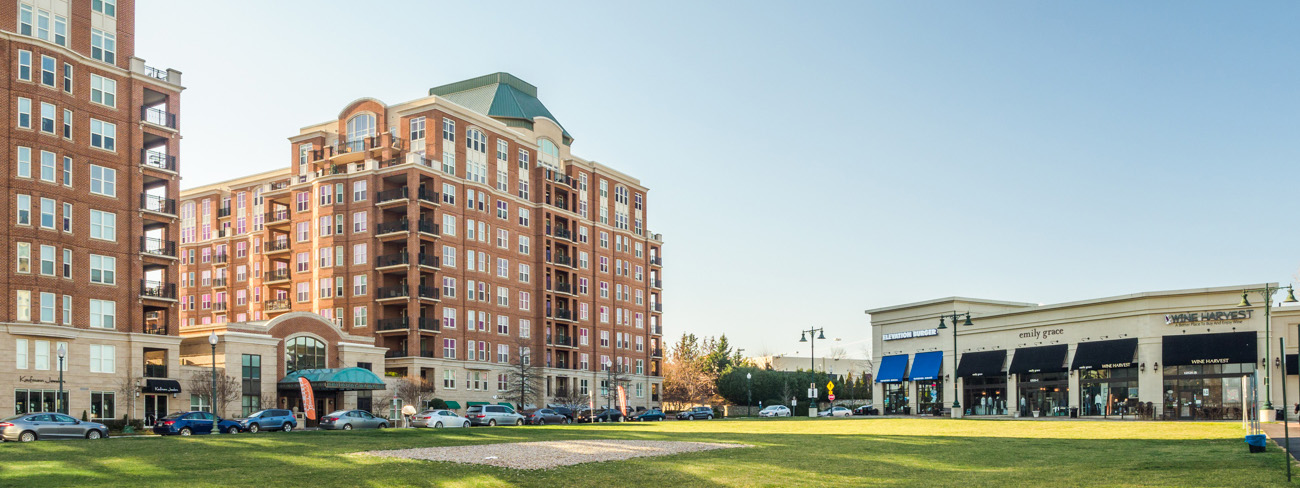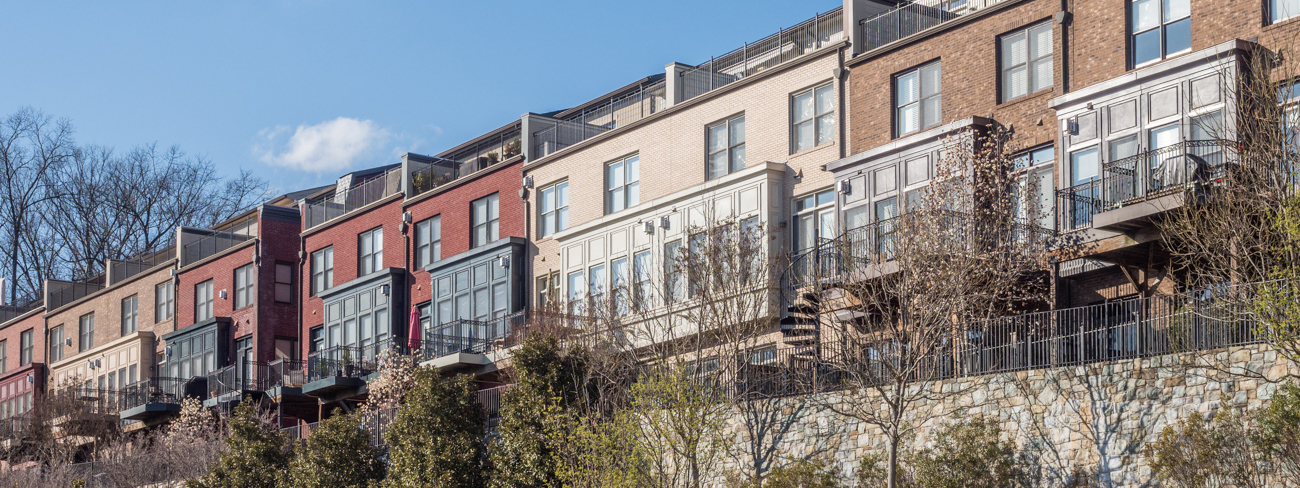It’s no secret that the high cost and limited variety of available housing exacerbate inequality and segregation by race and class throughout the county. These inequities reinforce the legacy of racism and segregation, and they continue to influence inequitable outcomes in educational attainment, economic opportunity, and public health. A range of housing types priced for a range of incomes is essential to integration and equity, and Montgomery County’s current housing supply simply does not meet the needs of current or future households. We need more of everything.
Economic development strategies that improve incomes and employment options can help combat our affordability problem, but we also need more attention and resources directed at affordable housing, attainable homeownership, and retaining county residents. Montgomery County is on track for growth, and we need to ensure our own residents are housed in appropriate-for-them homes at reasonable price points.
Thrive Montgomery 2050 states that Montgomery County must view access to safe, affordable, and accessible housing as a basic human right. The Plan prioritizes the expansion and diversification of our housing stock as an essential step toward reducing racial and socioeconomic inequality, encouraging more varied types of housing in more places and at more price points.
The plan also focuses on increasing our housing supply, including income-restricted affordable housing, to help diversify the mix of incomes in neighborhoods across the county, improving access to services, amenities, and infrastructure for low- and moderate-income residents, who are disproportionately people of color.
The Plan addresses both income-restricted and naturally occurring affordable housing, as well as general affordability and neighborhood attainability. With recommendations for new financial, zoning, and policy tools and updates to existing tools—like the groundbreaking Moderately Priced Dwelling Unit (MPDU) program—points the way to expanding access to homeownership and improving affordability.
Thrive Montgomery 2050 lays out a comprehensive vision for guiding future land use and housing policy over the next 30 years, with wide-ranging tools, policies, and practices identified to make housing more affordable and attainable. Using Thrive Montgomery 2050 as a guide, we can begin to meet this growing housing affordability challenge.
Key recommendations
- Encourage the production of more housing to better match supply with demand.
- Plan for a wide range of housing types and sizes to meet diverse needs.
- Promote racial and economic diversity and equity in housing in every neighborhood.
Frequently asked questions
While Thrive’s call to encourage more “missing middle” housing types has gotten a lot of attention, this is only one of solutions recommended to help alleviate the housing crisis. The county’s housing supply shortage is too big to be solved with any single fix, and we need to do a lot of different things to produce more housing for an increasingly diverse population with a wide range of housing needs. This problem is not going to get easier over time, and we need to get moving fast.
It’s no secret that the high cost and limited variety of available housing exacerbate inequality and segregation throughout the county—reinforcing a legacy of racism and continuing to influence inequitable outcomes across the board. That’s why Thrive Montgomery 2050 prioritizes an expansive diversification of housing along with the production of more housing (including income-restricted affordable) as an essential step toward meeting our spatial, environmental, development, and equity goals. We need more of everything: more units, more types, more places, more sizes, and more price points.


